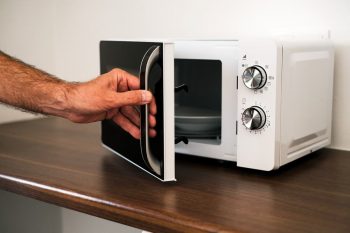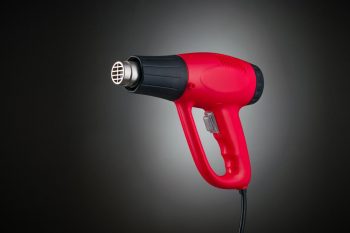
When shopping for a new refrigerator, size is one of the most essential factors to consider. But the question that often comes up is, “How high is a refrigerator?” The height can vary significantly based on the style, design, and capacity of the fridge. In this comprehensive guide, we’ll explain everything you need to know about refrigerator heights, how to measure them, and why it’s crucial for your kitchen space.
The height of a refrigerator can vary significantly based on its style and design. On average, refrigerators range from 62 to 72 inches in height. However, specific models may have slightly different measurements. It’s important to measure your kitchen space and check the dimensions of the refrigerator model you’re interested in before making a purchase.
Standard Refrigerator Dimensions
Generally, refrigerators range from around 24 to 40 inches in width, 62 to 72 inches in height, and 29 to 36 inches in depth. But these are not hard set numbers as specific models may have slightly different measurements. The crucial point is to measure your kitchen space and check the dimensions of the refrigerator model you’re interested in before making a purchase.
How Refrigerator Dimensions Vary by Style
The dimensions of a refrigerator, including the height, can vary significantly based on the type and style. Here are some common refrigerator styles and their typical dimensions:
- French door refrigerators: These models are usually 29.5 to 36 inches wide, 68.5 to 70.125 inches tall, and 29.375 to 34.625 inches deep.
- Side-by-side refrigerators: These tend to be 32.75 to 39.75 inches wide, 65.875 to 71.25 inches tall, and 29.75 to 31.125 inches deep.
- Top-freezer refrigerators: These models generally measure 28.75 to 32.75 inches wide, 61.75 to 66.25 inches tall, and 28.75 to 34.5 inches deep.
- Bottom-freezer refrigerators: These are typically 29.5 to 32.75 inches wide, 67 to 70 inches tall, and 33.375 inches deep.
Why Knowing the Height of a Refrigerator is Important
Knowing the height of a refrigerator before purchasing is crucial for several reasons:
- Fit in the designated space: You need to ensure that the refrigerator fits perfectly in the space where it will be installed.
- Proper ventilation: Refrigerators need proper ventilation to function efficiently and prevent damage.
- Door swing clearance: Consider how much space you have to open the refrigerator door fully.
- Aesthetic considerations: If you want a sleek, built-in appearance, you might consider a counter-depth refrigerator.
- Delivery path: Measure the doorways, staircases, and any other obstacles that the refrigerator may encounter during delivery.
How to Measure the Height of a Refrigerator Accurately
To measure the height of a refrigerator accurately, follow these steps:
- Clear the area around the refrigerator: Ensure there is enough space around the refrigerator to facilitate accurate measurements.
- Locate the highest point: Identify the highest point of the refrigerator.
- Place the measuring tape: Position the end of your measuring tape at the base of the highest point, and extend it vertically to the floor.
- Read the measurement: Once the tape is at the floor, take note of the measurement in either inches or centimeters.
By following these steps, you can accurately measure the height of any refrigerator and ensure it fits perfectly into your kitchen space.
To sum up, the height of a refrigerator can vary significantly depending on its style, capacity, and overall dimensions. Understanding these differences and knowing how to measure your kitchen space accurately is crucial when selecting a refrigerator. Remember, a well-fitted and aesthetically pleasing refrigerator can significantly improve the functionality and appearance of your kitchen.
Frequently Asked Questions
What is a counter-depth refrigerator?
A counter-depth refrigerator is designed to align directly with the edges of your countertops, providing a seamless look in your kitchen. They’re typically between 23 to 27 inches deep, including the door and handles.
How much ventilation space does a refrigerator need?
As a rule of thumb, refrigerators need at least 1 inch of ventilation space on top and behind to allow proper air flow and cooling. However, you should always check the manufacturer’s guidelines for the specific model you’re considering.
How do I measure the width and depth of a refrigerator?
To measure the width, place your tape measure across the front of the refrigerator from one side to the other. For the depth, measure from the back of the refrigerator to the front, including the door and handle.
Can I install a refrigerator next to a wall?
Yes, you can install a refrigerator next to a wall, but you need to consider the door swing and make sure it can open fully. Some refrigerators need extra space for the door to open beyond 90 degrees so you can fully pull out the shelves and drawers.
Is it safe to lay a refrigerator on its side for transport?
It’s not recommended to lay a refrigerator on its side for transport. Doing so can cause the oil from the compressor to flow into the cooling tubes, potentially damaging the appliance. If you must lay it down, it’s suggested to let it stand upright for the same amount of time it was on its side before plugging it in.












